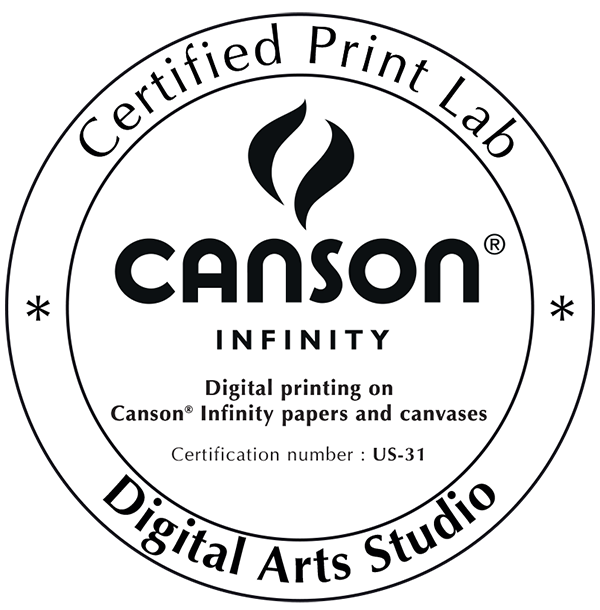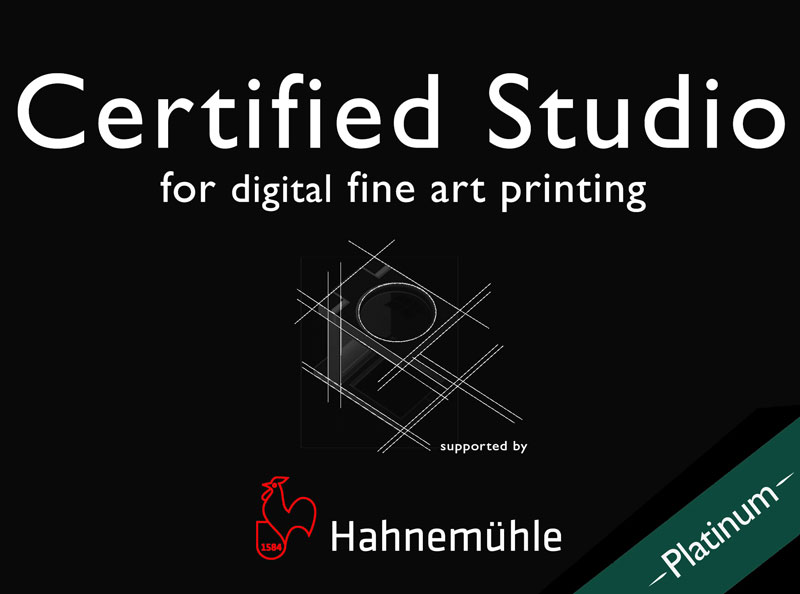DAS Interview in South X Southeast PhotoMagazine
Barry Glustoff: There are three of us who are co-owners here; Peter Leafman, my wife, Robin Zelizer and myself. Peter and I both majored in photography back in the 1970’s. We had a shared love of fine art photography and an out-of-the-box type of work that we explored in college separately. When we went to begin our careers, the harsh realities set in and we did not fit into the starving artists’ profile. So, we both ended up in the picture framing industry which was an area where we could actually build a career. We spent almost 30 years each in the business in different locations. Peter was here in Atlanta and I was in Philadelphia as a franchisee of The Great Frame Up when it first got started. At the age of 22 years old, I moved to a city that I had never been to, with the sole purpose of owning my first retail shop. Peter and I were on parallel career paths. He owned stores here in Atlanta and opened other stores in the area. I went back to Chicago and worked in the framing business as a gallery director at Marshall Fields and as marketing director for Crescent Cardboard, which is a 100+ year old privately held company that owns 60% of the world market of matboard, artboard and illustration board.
In the early 1990’s, the founder of The Great Frame Up, David Klitzky, foresaw a new technology becoming a revenue stream to shoehorn into his existing business. What is more picture-frame-sale generating than creating more pictures? He bought a second generation inkjet printer and came to me because I had been to photography school and told me he had a project for me. For the next few years, I spent my time learning this new technology. Photoshop 4 had just been released. I had to learn this the slow, hard way because there was no one to teach me. I took a few classes that were available. The goal was to have an operational printing facility within existing frame shops. We had a library of images that could be printed to order to fit an existing frame the customer already had, we could customize prints, do photo-restoration. But, we weren’t doing then what would make it successful which is what we do here: high-resolution image capture of original artwork.
By 1995, we had most of the kinks worked out and David, after being president of The Great Frame Up, decided to leave. He sold the franchise to owners that did not have the capability or vision to continue this part of the business.

JA: So, you saw an opportunity that could be lost?
BG:Yes. Peter and I talked about taking David’s idea and expanding on it for over a year. When we decided to jump in and start it, there was a perfect storm of the availability of fine art materials that were specifically designed for inkjet printing, the permanence of the inks, the color range of the inks was better than other process available at the time, and the equipment costs were significantly less than in the past. All that allowed us to effectively produce a fine art museum quality print of an artist’s work that they could sell to a larger audience at a lesser price in a variety of sizes and media. In the past, artists had to spend thousands of dollars up front getting film separations produced and doing an entire press run before they had a single print sold. Most artists are not able to invest $5,000 – 10,000 per image on their own. Now we can scan an original piece of art and our client can walk out with a museum quality 16 x 20 archival fine art print on a 100% cotton rag watercolor paper for under $100.
JA: What process are you using to produce scans?
BG: We are using a system called Better Light, which is a device that attaches to a traditional 4 x 5 camera. You couple that with specialized lighting that is used because it has low heat, which doesn’t damage the artwork, and we are able to control the reflection of the artwork. When we shoot a reflective surface, we cut through the reflections, so the reproduction is truly authentic. With photographic printing, the fact that we can print both color and black-and-white that can rival silver or selenium prints allows the photographer to sell prints for a few hundred or few thousand dollars each. We can print up to 5 x 10 prints on archival materials with incredible image quality.
JA: Besides scanning art and printing it, what other offerings do you have for your clients?
BG: We do some photo restoration and the fact that we also do framing allows us to be a one-stop shop for whatever the client needs. We drop ship and do fulfillment for artists who are actively selling their work. We have a website called Fine Art Marketplace where our clients have the ability to offer their work for sale. We provide the means for managing those transactions.
JA: What response have you had from Fine Art Marketplace?
BG: Of course, it depends on the individual artist. It is up to them to promote themselves and provide links to the website. The sale comes to us, we produce the work, we ship it to the customer, we keep the artist in the loop and then send them a check. We take a small credit card processing fee, costs of producing and shipping the work and the artist sets the selling price.
JA: How many artists are listed on the site?
BG: About 120. It has been up for a couple of years and that is about a tenth of the artists we do work for in the shop.
JA: What part of your production provides the greatest percentage of your business?
BG: It’s pretty much split down the middle between printing and framing. Each of those two sides could probably survive as separate businesses, but they do feed off each other.
JA: You spoke about the archival nature of your prints. What is the permanence rating of your materials?
BG: Based on testing, they are rated at over 100 years.

JA: I assume clients are sending you print-ready files. Do you ever receive files that are not properly prepared for output?
BG: It’s often a challenge, but we don’t discriminate against the amateur photographers.
JA: So, if you see a file that comes in that is not where it needs to be for optimal output, you’ll help the client with it?
BG: We’ll advise the customer and we charge for editing time. They must have many ducks in a row on their computer to properly preview what a photograph is going to look like printed. So, we offer a print proof for $5.00 on any material to help them know what to expect from their file. It’s a small price to pay for those who demand that level of accuracy. We are sensitive to the artist’s needs. Many of us here are artists ourselves so we understand the needs of our customers. We want the final product to be as good as our clients do. We use Onyx ProductionHouse RIP software to translate the file to a language the printers understand.
JA: Are there any plans to franchise Digital Arts Studio in other locations?
BG:No. The learning curve to run this business is pretty steep. You can’t teach someone to be color sensitive. In my years with Crescent, I had the opportunity to study with Carlton Wagner, who wrote the book on the psychology of color, so my color acuity apparently is pretty darn good. I’m fortunate to have a great staff with the majority of them being graduates of SCAD [Savannah College of Art & Design] in Atlanta.
JA: What do you see in your crystal ball for this industry?
BG: I’d like to see metallic inks, white inks. The color range, the permanence, the quality of the inks don’t really have to improve.
JA: Why should someone use you over your competitors?
BG: Our customers can put a face to our business and know that we are here to support them with a complete one-stop shop for all their needs. We offer production, framing, matting, packaging, fulfillment. We underwrite webinars with marketing experts for our customers at affordable prices. We have established ourselves with serious, consistent devotion to customer service and quality. This is our passion. I can’t wait to get up and come to work everyday.





